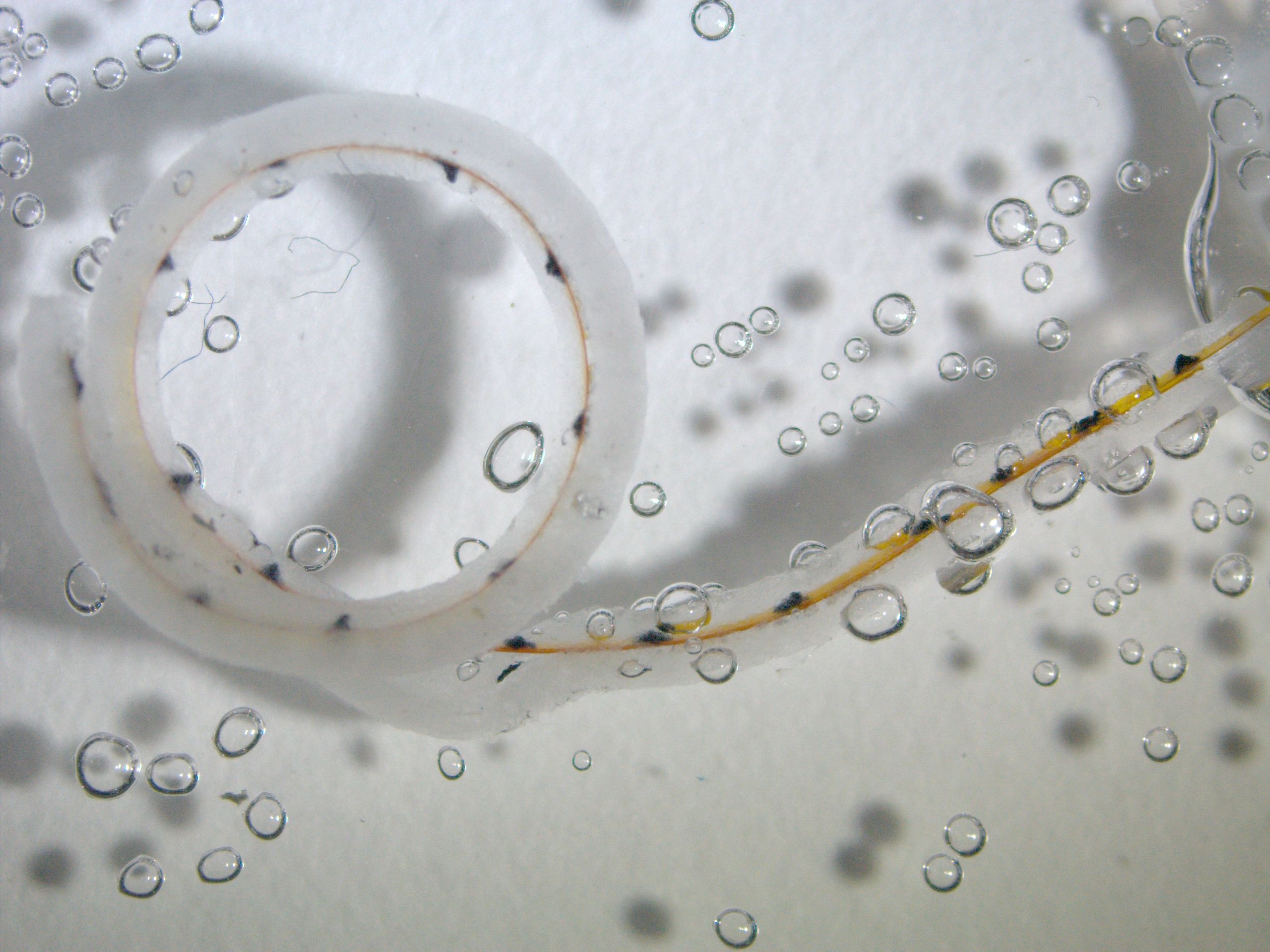Fraunhofer ITEM assists manufacturers with implementing the new EU regulation on medical devices
The new EU-wide Medical Device Regulation (MDR) is scheduled to become effective in mid-2017, entailing consequences for manufacturers of medical devices. Among other obligations, they will be required to provide more documentation to comply with the new legislation. The expertise pooled at Fraunhofer ITEM, in particular in the Division of Translational Biomedical Engineering, enables comprehensive support in the implementation of the new regulation.

The medical device directives so far in place will be replaced by the EU Medical Device Regulation (MDR) and the In Vitro Diagnostic Medical Device Regulation (IVDR). These new regulations will include safety and quality standards for medical devices that have to be complied with, before a product can be placed on the European market. In a defined process to assess compliance with the new legislation, manufacturers will have to prepare a technical dossier demonstrating that general safety and performance requirements have been met. Well-documented risk management to assess and minimize potential risks and clinical evaluation of the product will henceforth be subject to more detailed regulation and will be essential for compliance with the new legislation. For the entire life cycle of a product, processes for the identification and assessment of technical, biological, and chemical risks will have to be in place.
The institute’s newly established business unit “Translational Biomedical Engineering” combines expertise in the medical device area – focused on neuroimplants and on conducting and assisting the development of novel technologies for administration of medicinal aerosols – with many years of experience in the assessment of chemicals, nanomaterials, and biocompatibility. This allows optimal support to be provided to medical device manufacturers in developing innovative medical engineering solutions in compliance with the new regulations and in implementing the new requirements.
Fraunhofer ITEM offers the definition of risk management measures in compliance with (DIN EN) ISO 14971, biological evaluation of the medical device as part of the risk management process, and performance of relevant in-vitro and in-vivo tests in compliance with the (DIN EN) ISO 10993 standards under one roof. Clinical evaluation is performed primarily based on scientific literature and can be complemented, if necessary, by clinical trials.
Sometime during 2017, the medical device directives so far in place, i.e. MDD 93/42/EEC, AIMDD 90/385/EEC, and IVDD 98/79/EC, will be replaced by the EU Medical Device Regulation (MDR) and the In Vitro Diagnostic Medical Device Regulation (IVDR). These will become effective in the Member States immediately upon adoption by the EU and, unlike EU directives, do not need to be translated into national legislation.
 Fraunhofer Institute for Toxicology and Experimental Medicine
Fraunhofer Institute for Toxicology and Experimental Medicine